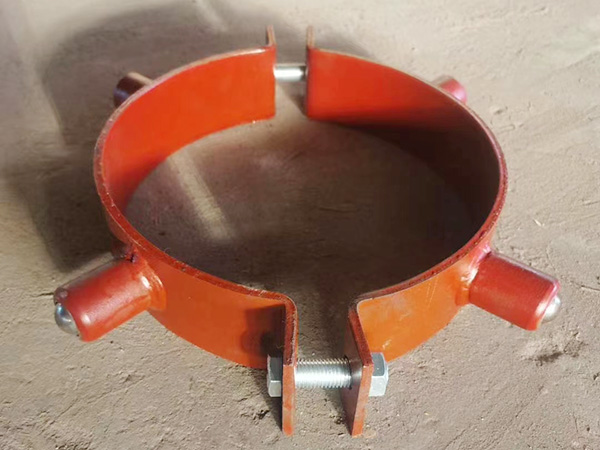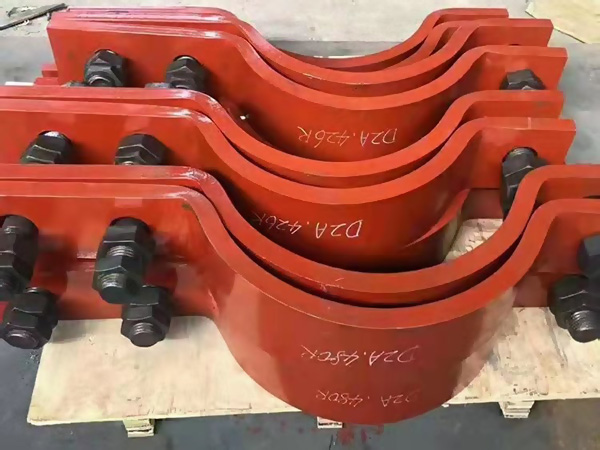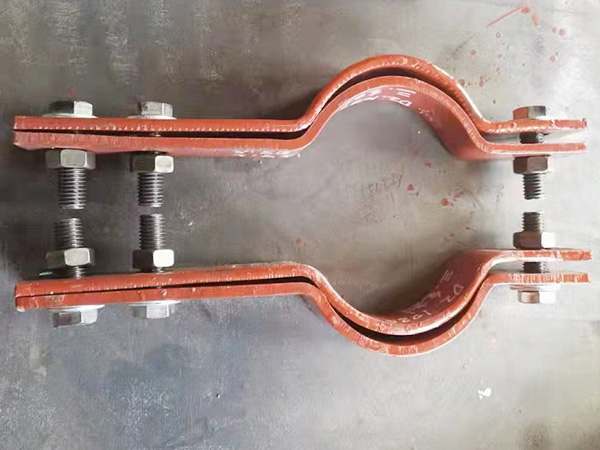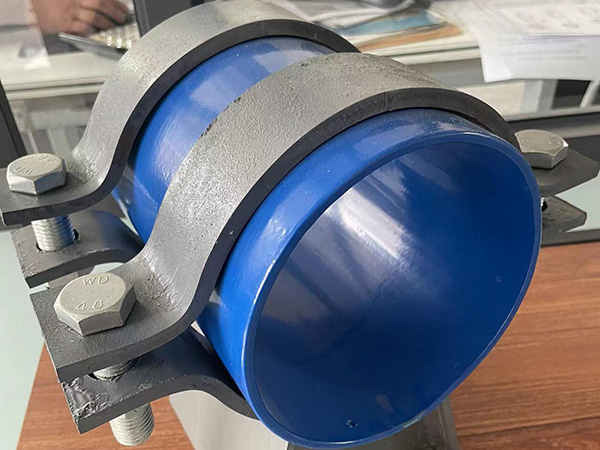Manufacturing Process and Transportation and Installation Considerations for Large-Diameter Elbows
Author:Mingde Time:2025-05-28 17:53:44 Click:138
Large-diameter elbows—typically used in oil and gas, power generation, petrochemical, and water supply projects—are essential for directing flow in large pipeline systems. Due to their size and the high mechanical and safety standards they must meet, the production, transportation, and installation of these elbows involve specialized processes and strict quality control.
I. Manufacturing Process of Large-Diameter Elbows
1. Material Selection
Large-diameter elbows are typically made from carbon steel, alloy steel, or stainless steel, depending on the working medium, pressure, and environmental conditions.
Requirements:
Good weldability
High strength and toughness
Resistance to corrosion and high temperature
2. Plate Cutting and Preforming
For large diameters, elbows are usually fabricated from steel plates rather than seamless pipes due to material limitations.
Steel plates are cut into segments based on the required bend radius and angle.
Plates are shaped using rolling machines into curved or cylindrical forms.
3. Elbow Forming (Segmental or Press Bending)
Two main methods are used:
Segmental Welding: The elbow is constructed from multiple pre-bent sections welded together.
Hot/Cold Forming Pressing: For slightly smaller sizes, forming may be done using mandrel or press bending techniques with heavy-duty equipment.
4. Welding
Each joint is welded using high-quality, certified welding procedures (typically butt-welds).
Weld seams are tested with X-ray or ultrasonic inspection to ensure structural integrity.
Post-weld heat treatment may be required to relieve stress, especially for high-pressure systems.
5. Surface Treatment
The elbow surface is treated to protect against corrosion and improve durability:
Sandblasting or shot blasting to remove rust
Anti-corrosion coatings such as epoxy, zinc-rich primer, or polyethylene wrapping depending on application
6. Dimensional Inspection and Quality Control
Before delivery, large-diameter elbows undergo:
Dimensional checks for curvature, ovality, and thickness
NDT (Non-Destructive Testing)
Hydrostatic or pneumatic pressure tests (if required)
II. Transportation Considerations
Due to their weight and size, transporting large-diameter elbows requires detailed planning.
1. Packaging and Protection
Edge protection to avoid damage during handling
Wooden supports or steel frames to secure during transit
Weatherproof covering to prevent rust or contamination
2. Transportation Mode
Truck transport: Most common, but needs low-bed or oversized-load trailers
Ship transport: Used for international delivery; components must be packed in containers or custom cradles
Rail transport: Used when destination is far inland and road transport is impractical
3. Route Planning
Clearance for over-dimensional cargo must be checked
Bridges, tunnels, and road width restrictions must be evaluated in advance
Permits may be required for oversized loads
III. Installation Guidelines
Proper handling and installation are crucial to maintain the integrity of the elbow and the overall pipeline.
1. Site Preparation
Ensure foundation and support structures are in place to bear the weight
Conduct a site inspection for obstacles and access routes
2. Lifting and Positioning
Use cranes or hoists rated for the elbow’s weight
Employ lifting lugs or slings at designed lift points to avoid deformation
Position elbow gently to avoid damaging the ends or surface
3. Alignment and Welding
Elbow must be precisely aligned with adjoining pipes to prevent stress
Use temporary clamps or jigs to hold position during welding
Weld joints should follow applicable ASME or ISO standards
Perform NDT inspection after welding
4. Post-Installation Inspection
Conduct hydrostatic pressure test (if applicable)
Check for leaks, cracks, or dimensional deviations
Verify support and anchoring are properly positioned
Conclusion
The fabrication and use of large-diameter elbows demand meticulous attention to detail across every stage—from material selection and forming to transportation and final installation. With proper handling, these components ensure safe, efficient, and long-lasting performance in large-scale pipeline networks.
 Hot Products
Hot Products
 Contact Us
Contact Us
Contact:
Mobile:+86 +86 19133378808
Website:mingdepipe.com
Address:










